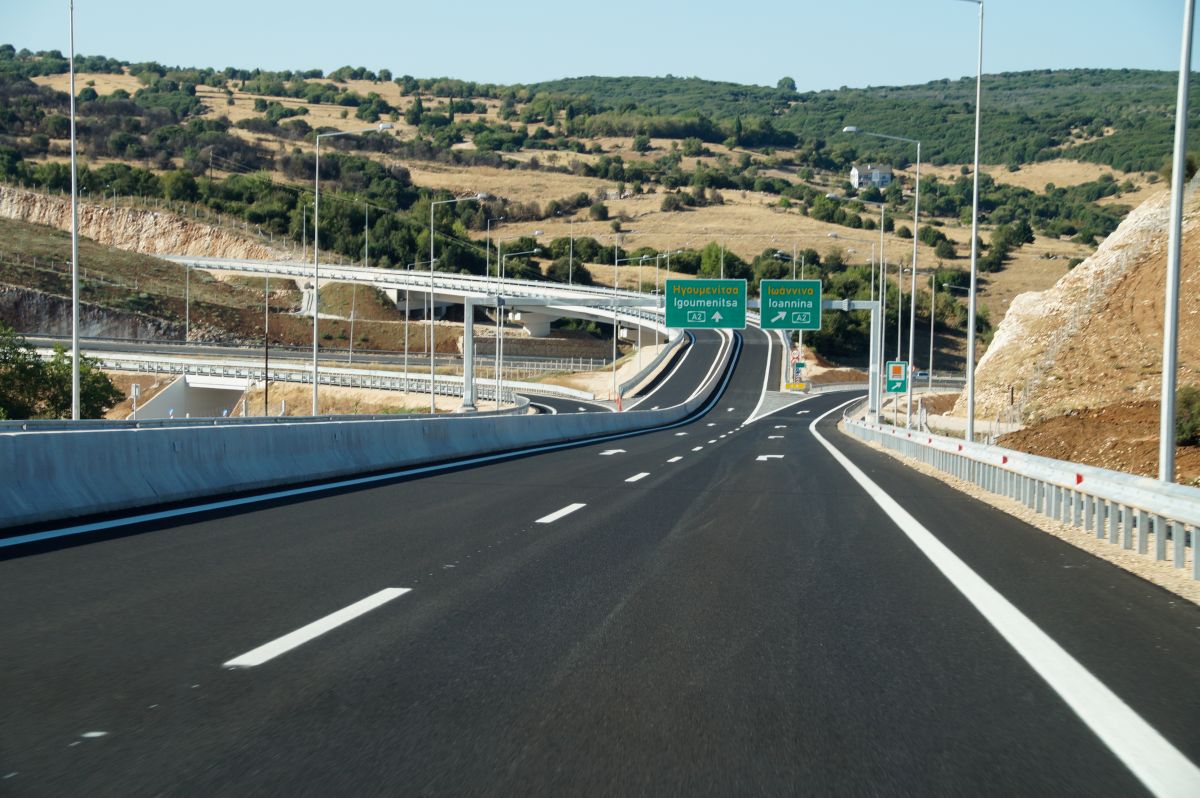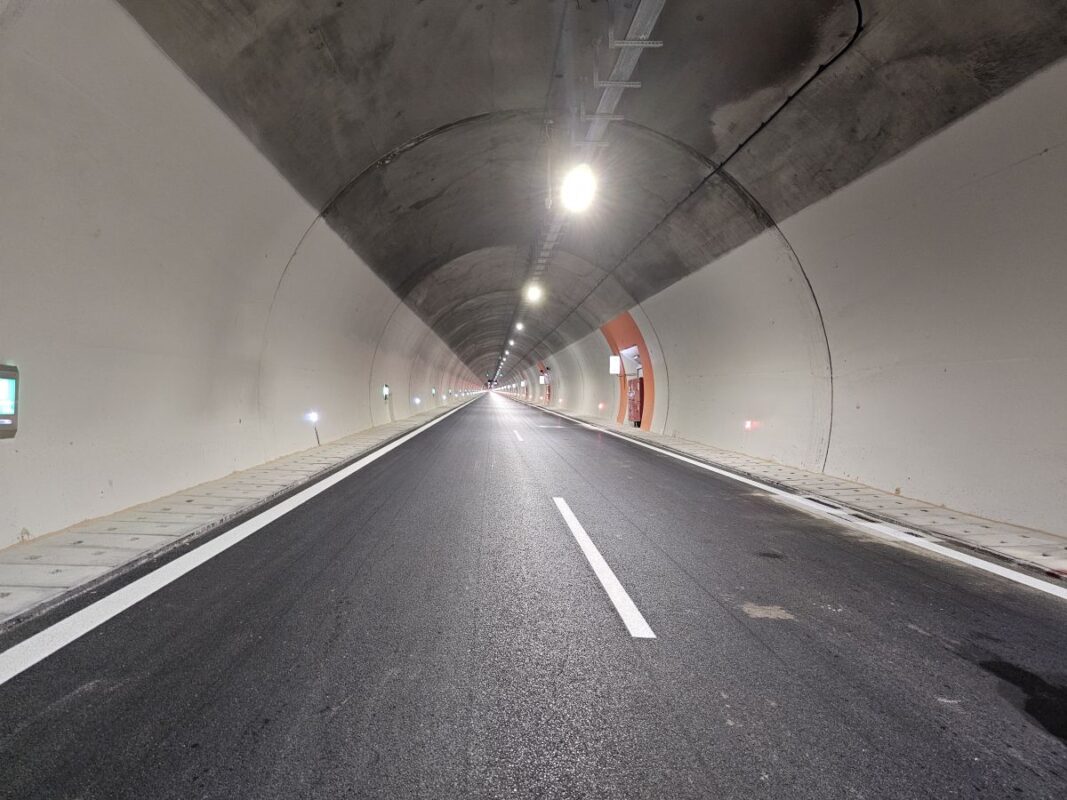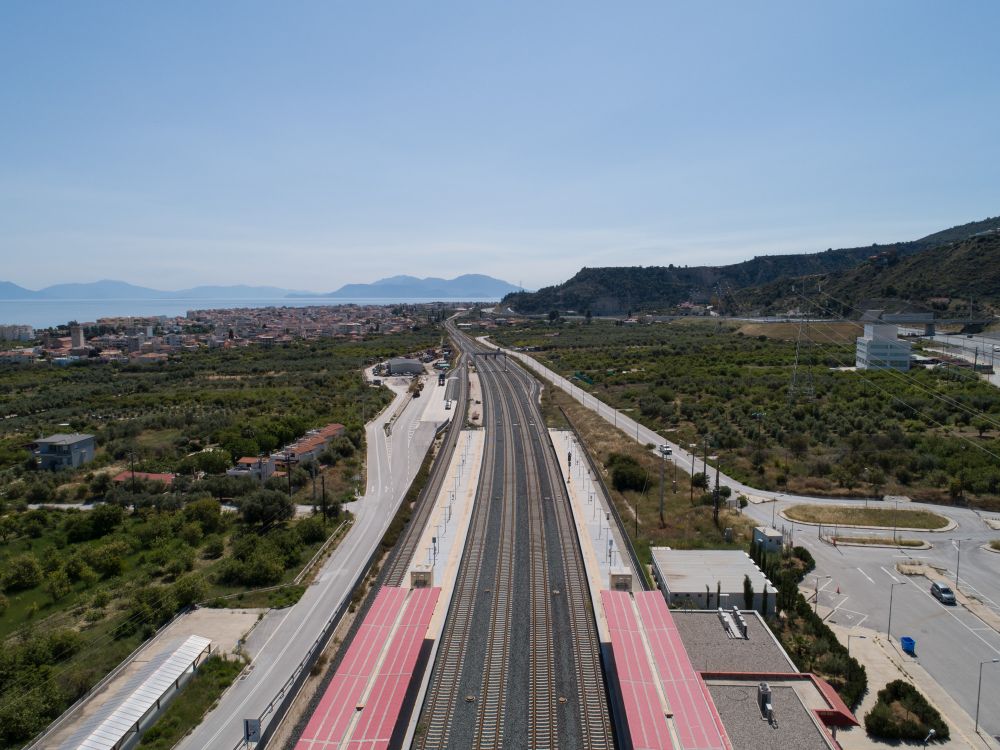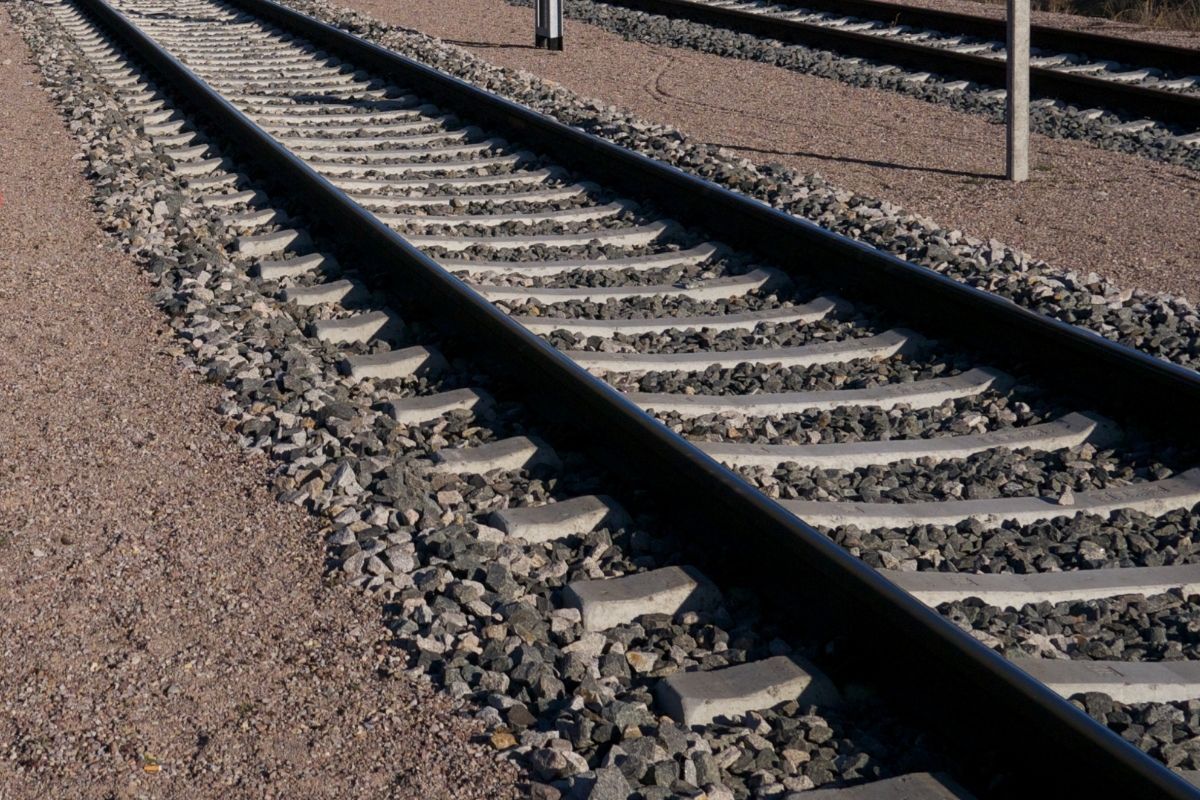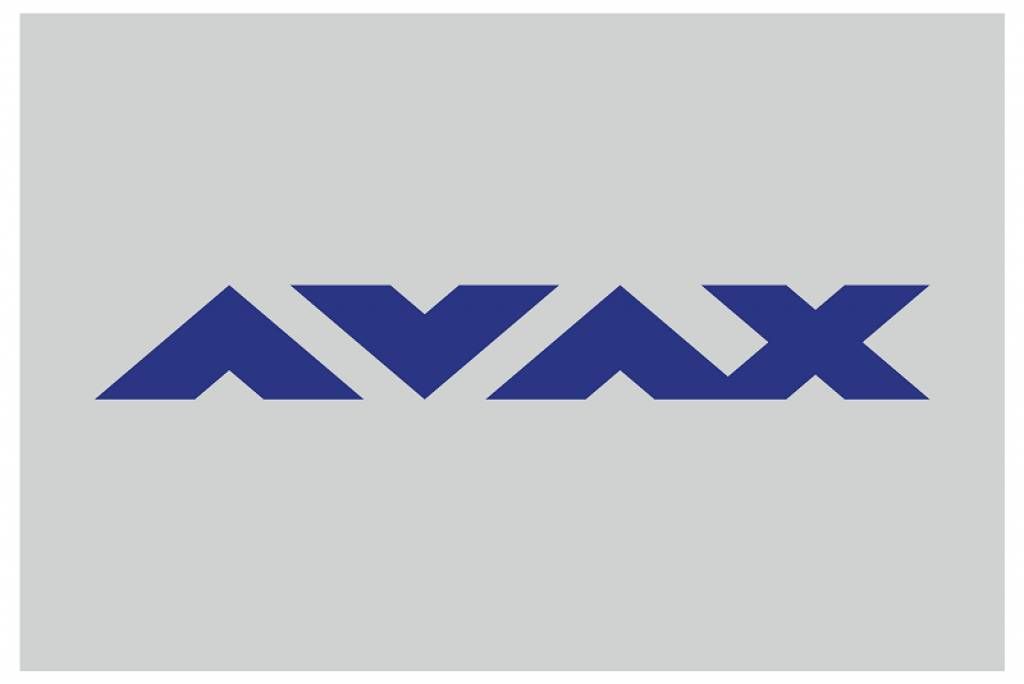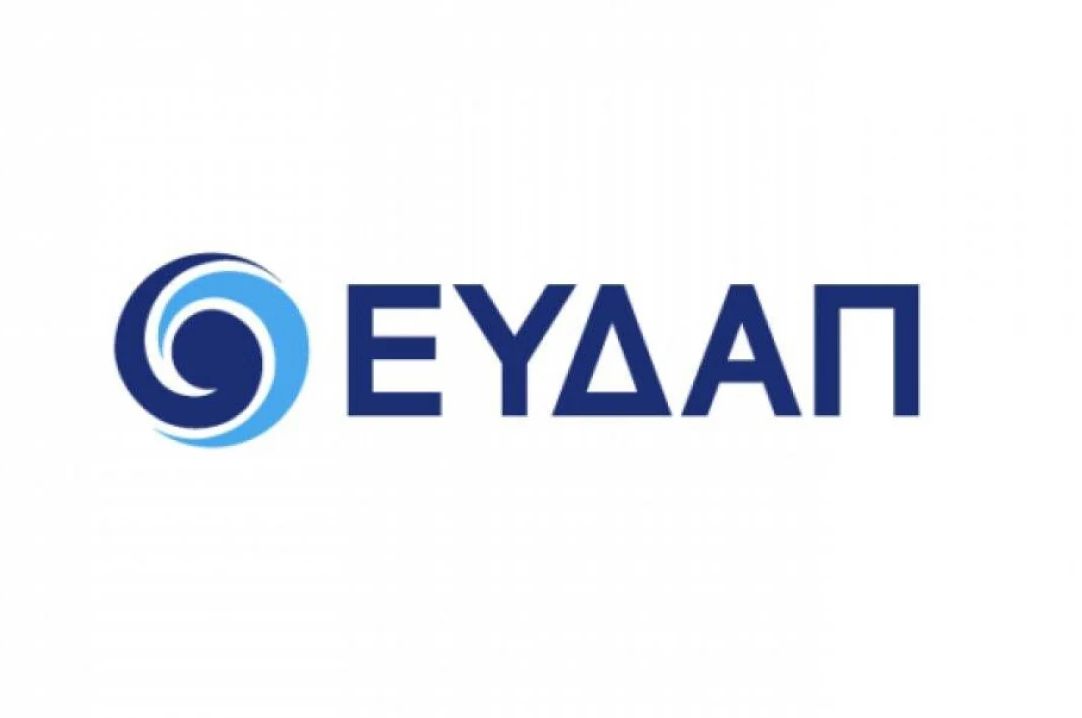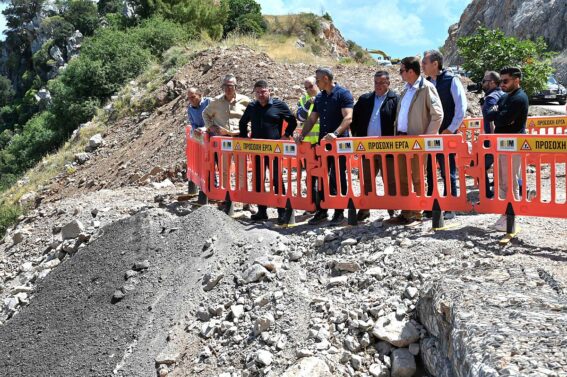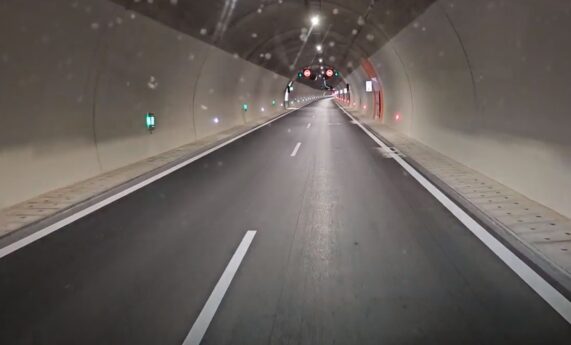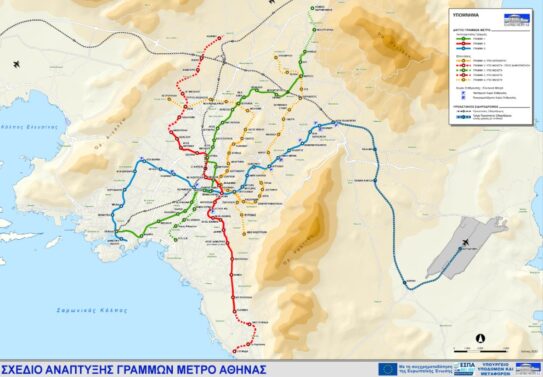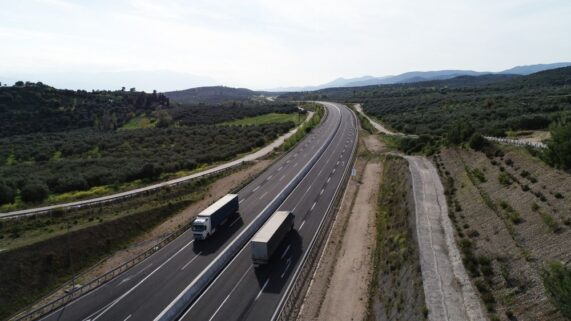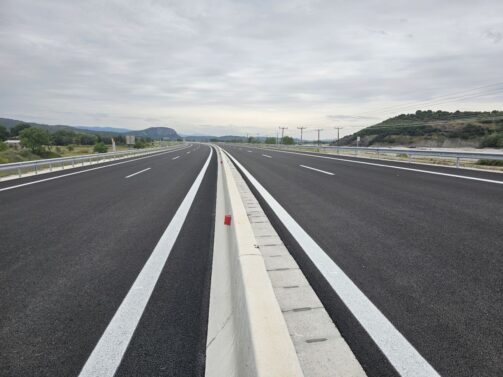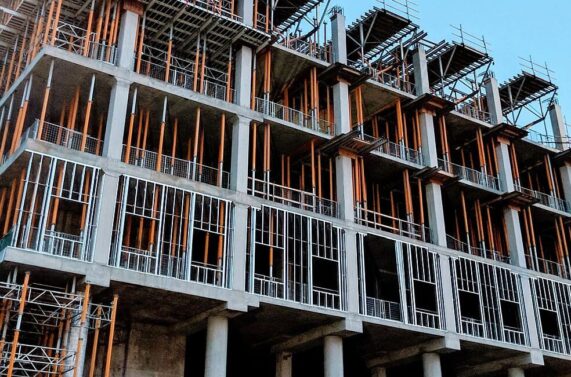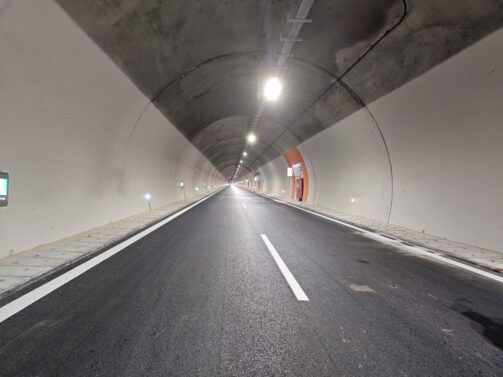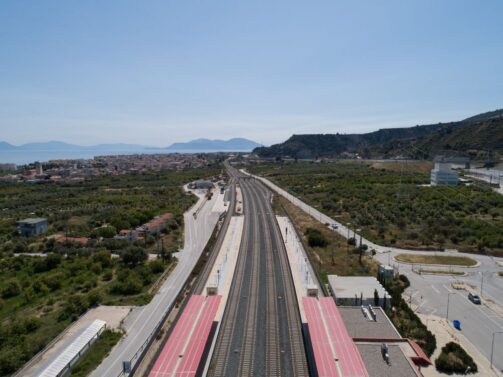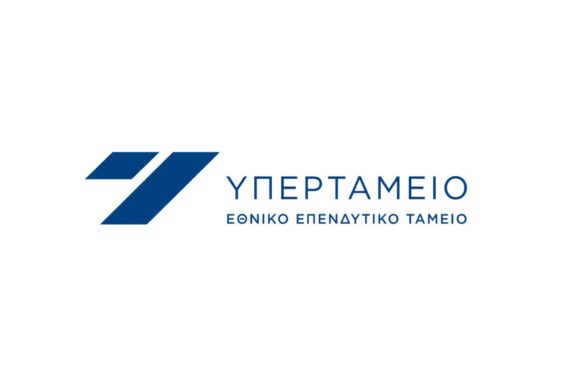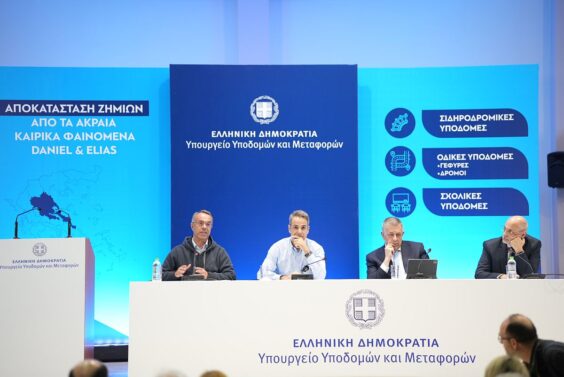A countdown has begun for signatures on the major road project Ioannina-Kakavia, which essentially completes the axis on the Ionian Highway. About a month ago, AVAX was declared the provisional contractor, and we have now entered the pre-contractual period of the tender.
At this time, all necessary documents are being submitted by the contracting company, as according to information from ypodomes.com, the contract for signing will soon be sent to the Court of Audit for approval.
Assuming there are no further delays, the presentation to the Parliament will follow, and then the contract signing ceremony will take place, which is estimated to occur by the summer.
The competition for this large road project had to be auctioned three times, as the first two were cancelled following an appeal accepted by the EAADYSY. The third time, the competition was successfully held through the process of unsealing the bids, with AVAX prevailing with a total discount of 17.5%. Second, came TERNA with 16.5%, and third was the consortium DOMIKI KRETIS-EKTER-ERETBO-TENA with 16.5%. Following were INTRAKAT-METKA with 11.08% and ODOS-INTERKAT-ERGODOMIKI VOIOTIAS-ERGOKAT with 10.31%.
The cost of the project, including VAT, is 310 million euros, with an additional 76 million euros allocated for optional extras, covering the section from Kalpaki to Kakavia and the connections to the airport and the Industrial Area of Ioannina. In total, the cost amounts to 386 million euros. The contracting authority for the project is the Ministry of Infrastructure and Transport.
The significant importance of the project
The Ioannina-Kakavia road project is perhaps the most significant road project in the country today. The first and obvious reason is that it completes the axis of the Ionian Highway. With its completion, drivers will be able to travel on a safe and comfortable road from Antirrio to the border crossing at Kakavia.
It is estimated that the distance from Antirrio to Ioannina-Kakavia, approximately 264 kilometres long, will be traversable in about 2 hours and 15 minutes. The connection of the road section to the Ionian Highway is considered to provide new development opportunities in the Ioannina region, as it will link it to the axis of the Ionian, Ioannina Airport, the Industrial Area (which is one of the most active regional industrial areas in the country), tourist destinations such as Zagori. It will alleviate the northern part of the prefecture from road isolation.
At the same time, the passage from Greece to Albania and vice versa via Kakavia will become even more attractive, as it will take approximately 4 hours and 20 minutes to travel from Athens to the border of the neighbouring country. This, in turn, will lead to an improvement in freight transport between the two countries. Additionally, on the Albanian side, projects are underway to improve the continuity of the Ionian Highway axis.
Of course, we must not forget that the implementation of the upgrade of the Ioannina-Kakavia axis will significantly contribute to improving road safety, safe driving, and reducing traffic accidents. This, combined with enhancing the driver’s experience on a safer, more comfortable road where they can travel at higher speeds compared to today, will be paramount.
The Adriatic Motorway
The project consists of two subsections: the Ioannina-Kalpaki section, with a length of 46.4 kilometres and 6 grade-separated junctions, and the Kalpaki-Kakavia section, with a length of 23.11 kilometres. In total, there will be an upgrade of 67.5 kilometres, and as mentioned earlier, the entire Ionian route will be approximately 264 kilometres long.
The completion of the Ionian axis will connect it to an ambitious European corridor, the Adriatic Highway. This corridor starts from Trieste in Italy and traverses the Adriatic through Slovenia, Croatia, Bosnia and Herzegovina, Montenegro, and Albania to reach our country at the border crossing of Kakavia.
In our country, the axis runs along the entire Ionian Highway and continues onto the Olympia Odos, where it terminates in the area of Tsakona. In total, it spans a length approaching 1,500 kilometres.
The Adriatic Highway is considered to have the potential to provide significant development opportunities for the countries of the Western Balkans, while for our country, it can impart developmental characteristics through the rise of trade, road transport, tourism, and culture.
Epirus, and particularly Ioannina, through this corridor, will be transformed into a powerful transportation hub for road transport and will now have modern road access to the north, thereby enhancing the developmental character of the project.
ΜΗΝ ΞΕΧΑΣΕΤΕ
- Ακολουθήστε το ypodomes.com στο Google News και μάθετε πρώτοι όλες τις ειδήσεις για τις υποδομές στην Ελλάδα
- Αν είστε επαγγελματίας του κλάδου, ακολουθήστε μας στο LinkedIn
- Εγγραφείτε στο Ypodomes Web TV

